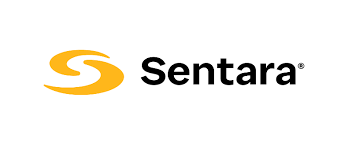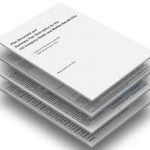When it comes to retirement plan litigation, the common theme I’ve noticed over the years is that lawsuits rarely die in the early rounds. A fiduciary’s best hope is to win on summary judgment or at trial, but a motion to dismiss? That’s usually a long shot. And Sentara Healthcare just found that out the hard way.
In Carter et al. v. Sentara Healthcare Fiduciary Committee et al., the Eastern District of Virginia refused to toss claims that Sentara and its fiduciary committee breached their duties by mismanaging a stable value fund, the Guaranteed Interest Balance Contract (GIBC) from Principal. While one plaintiff, Bonny Davis, initially lacked standing because she wasn’t yet in the GIBC, the court granted her leave to amend, effectively keeping her in the game. That’s like arguing your opponent doesn’t have a ticket to the dance, only for the judge to hand them one at the door.
Why This Matters
Stable value funds are supposed to be the “safe harbor” in a defined contribution plan, the place where risk-averse participants can find steady returns. The plaintiffs here allege the GIBC fell short of that promise, claiming its returns lagged far behind what comparable products offered at the same level of risk. That’s a damning accusation, because ERISA isn’t about guaranteeing the highest return, it’s about guaranteeing a prudent process. If the committee didn’t properly monitor the investment or solicit competitive bids, the court is saying that’s enough to let the case move forward.
And the hammer didn’t just fall on the committee. Judge Walker made it clear that Sentara itself, as the plan sponsor, has independent oversight duties. Employers sometimes think they can silo off risk by delegating responsibility to a committee, but ERISA doesn’t work that way. If the committee makes a mistake and the employer sits on its hands, the employer is just as liable for failing to step in. As the court put it, Sentara had the duty “to monitor investments and remove imprudent ones” and to rectify poor decisions.
The Bigger Picture
This isn’t a headline-grabbing case about excessive recordkeeping fees or overpriced share classes. It’s about something that most sponsors overlook, monitoring supposedly “safe” options. With $3 billion in plan assets and over 40,000 participants, Sentara is a big target. But size doesn’t matter when it comes to fiduciary responsibility; process does. A plan with $30 million in assets can just as easily get tripped up if it fails to follow a prudent process.
The lesson? Fiduciaries must treat every investment option, whether it’s an S&P 500 index fund or a stable value contract, with the same disciplined monitoring process. That means reviewing performance relative to peers, documenting discussions, and yes, occasionally soliciting bids to make sure the product is still competitive. If you assume “safe” means “immune from litigation,” this case should disabuse you of that notion.
Final Thoughts
Sentara says it will show the court evidence of its prudent practices at summary judgment. Maybe it will, maybe it won’t. But this case underscores the central truth of ERISA litigation: motions to dismiss rarely save you, and fiduciary oversight is never passive. You can delegate responsibilities, but you can’t delegate accountability.
The road to fiduciary trouble isn’t paved with bad intentions—it’s paved with complacency. And as Sentara is finding out, complacency can be very expensive.







